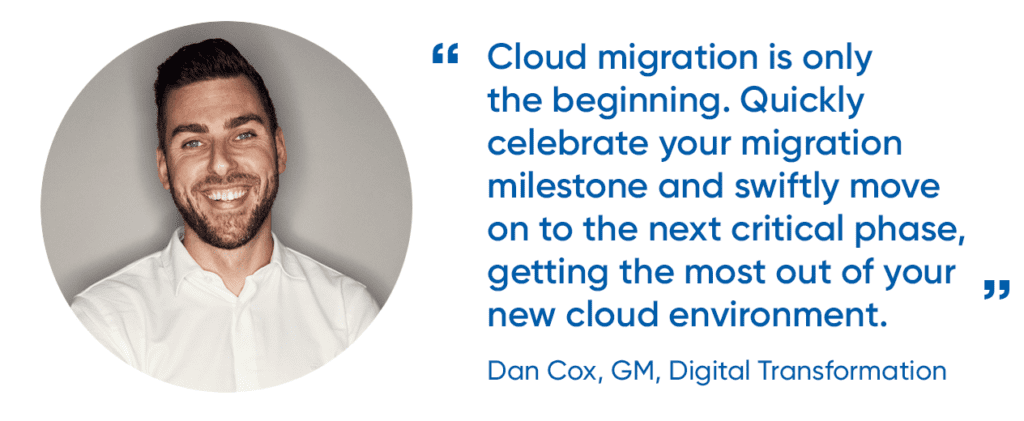A cloud utopia – it’s not as easy as lift and shift
Repeatedly, organisations are being faced with the reality that simply migrating to the cloud isn’t the answer to their digital transformation dreams. In fact, it’s only the first step to unlocking the full power of cloud.




